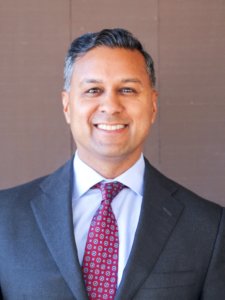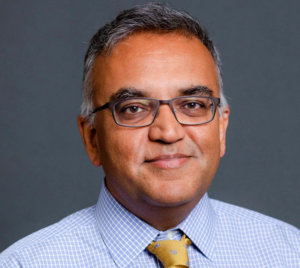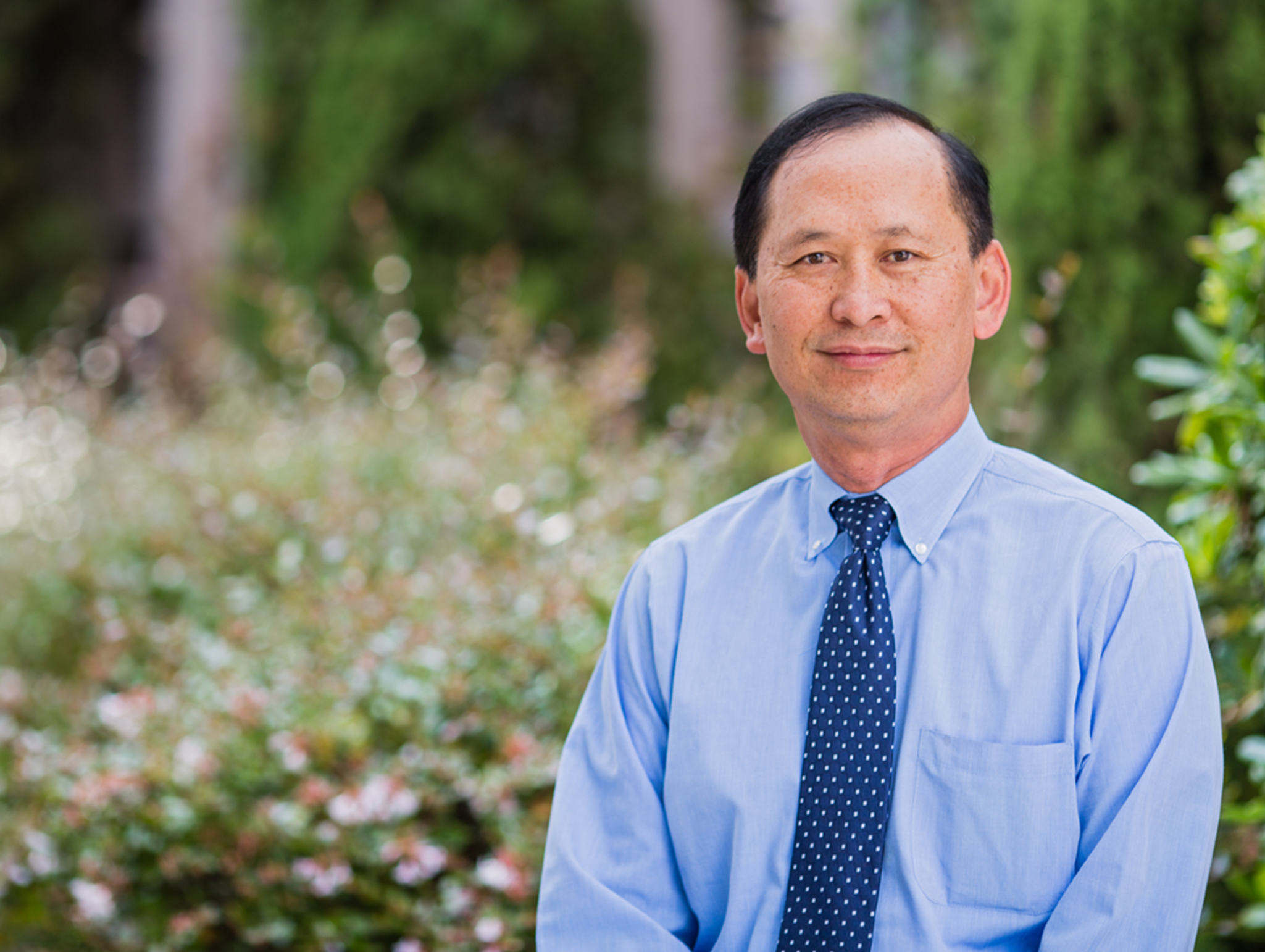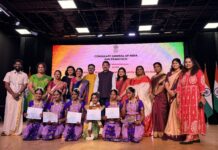Vidya Sethuraman
India Post News Service
Seven months into the pandemic, what have we learned about the virus and what do we need to know? How close are we to a vaccine and what treatments work best? Why haven’t we been able to stop the spread? Three leading experts Dr. Ashish Jha, Dr. Tung Nguyen and Dr. Nirav R. Shah addressed these and related questions in a one-hour discussion organized by EMS on Aug 14, 2020.
Seven months and more than twenty million confirmed cases later, the COVID-19 pandemic has become the worst public-health crisis in a century. More than 774,000 people have died worldwide. It has also catalyzed a research revolution, as scientists, doctors and other scholars have worked at breakneck speed to understand COVID-19 and the virus that causes it: SARS-CoV-2. During January 1, 2020–August 17, 2020, an estimated 5.54 million cases of COVID-19 were reported in the United States.
Published state and national data indicate that persons of color might be more likely to become infected with SARS-CoV-2, the virus that causes COVID-19, experience more severe COVID-19–associated illness, including that requiring hospitalization, and have higher risk for death from COVID-19. One of the most striking aspects of COVID-19 is the stark differences in experiences of the disease. Some people never develop symptoms, whereas others, some apparently healthy, have severe or even fatal pneumonia.
Dr. Tung Nguyen is the Stephen J. McPhee, MD Endowed Chair in General Internal Medicine and Professor of Medicine at the University of California, San Francisco (UCSF), and Director of the Asian American Research Center on Health.
He gave an overview of the infection worldwide and in the US. California, the state with the most coronavirus cases in the U.S., has now passed the grim milestone of 11,000 fatalities. California’s infection rate and case numbers seem to be declining, said Dr.Tung. During June 5–18, a total of 205 counties in 33 states were identified as hotspots. These counties have a combined total population of 93.5 million persons, and approximately 535,000 cumulative probable and confirmed COVID-19 cases.

Among the 205 identified hotspot counties, 79 counties in 22 states, with a combined population of 27.5 million persons and approximately 162,000 COVID-19 cases, had race data available for ≥50% of cumulative cases and were included in the analysis (range = 51.3%–97.4%). These findings illustrate the disproportionate incidence of COVID-19 among communities of color, as has been shown by other studies, and suggest that a high percentage of cases in hotspot counties are among persons of color. Developing culturally responsive, targeted interventions in partnership with trusted leaders and community-based organizations within communities of color might reduce disparities in COVID-19 incidence.
Dr. Nirav R. Shah is Senior Scholar at Stanford University’s Clinical Excellence Research Center. Board-certified in Internal Medicine. How to control these viruses, we have many different options in front of us, said Dr Shah. Since the start of the coronavirus pandemic, use of the term “herd immunity” has spread almost as fast as the virus.
But its use is fraught with misconceptions. Without a vaccine, we should not think of herd immunity as a light at the end of the tunnel. Getting there would result in millions of deaths in the United States and would not protect the most vulnerable, said Dr.Shah.
We need an early warning system such as smart thermometers to detect the fever clusters, broad and efficient testing including the antigen testing, quarantine and isolation, which is not happening effectively in the US, adequate treatment capacity and this is doable, said Dr Shah. He said all these vaccines will have side effects. He forecasts we might not have a vaccine before January.
Dr. Ashish Jha is K.T. Li Professor of Global Health at the Harvard T.H. Chan School of Public Health and the Director of the Harvard Global Health Institute. He spoke on the COVID response measures adopted by other countries and what the US can learn and adopt.
We aren’t doing enough, compared to Western Europe and South East Asian countries, said Dr Jha. There is no one way to deal with this virus. Different countries have followed different strategies to curtail the spread. In the US, we have followed a bunch of strategies half heartedly coupled with misinformation have landed the US in deep waters.

He said the pandemic seemed to be easing in the hard-hit South, and people have started to comply better with public health measures such as mask wearing. He also noted that even in states that are doing relatively well, like Massachusetts and Rhode Island, governors have taken measures to “pull back” on reopening plans.
He also said he was optimistic about a “whole new set of technologies around testing, which will make testing much more widely available. I’m also hoping that all the social distancing we’re doing, hand washing, etc., will make a real difference in terms of flu spread and we’ll end up having a much milder flu season.”







